During the Corona closure of our Munich Institute, the MGH invite you to join us on a trip through 200 years of medieval research history: The series “Treasures of the MGH Library and Archive” presents a treasure trove of rare and fascinating items illustrating key moments of our history. Enjoy discovering!
On February 15 1937, MGH president Wilhelm Engel received a copy of a newspaper article sent to him from the „Reichsinstitut für Geschichte des neuen Deutschland“ – the National Socialist research institution for modern German history. It was an article that had been published on February 6 1937 in the NSDAP newspaper „Hamburger Tageblatt“, entitled: „Die „Monumenta“ unser gewaltigstes Geschichtswerk“ (The „Monumenta“, our grandest historical work). Engel responded with thanks, but remarked that the photo and the text certainly „dated prior to April 1 1936,“ i.e. before he had taken office (MGH archive, B 563, Bl. 159). It seems a little strange that he would want to distance himself from such a flattering report: perhaps because it was really quite banal and in part factually incorrect?
The newspaper article is stored in the MGH archive as part of the official correspondence between Wilhelm Engel as president of the „Reichsinstitut für ältere deutsche Geschichtskunde“, as the MGH had been renamed, and his counterpart in the „Reichsinstitut für Geschichte des neuen Deutschlands“. The latter had been founded for propaganda purposes under the instigation of the historian Walter Frank, a dedicated National Socialist and zealous anti-Semite, and formed a parallel institution to the reorganised MGH.
The correspondence between the two Reich institutes clearly shows how Walter Frank sought to instrumentalise Wilhelm Engel and the MGH. Frank’s „Reichsinstitut“ not only sent Engel copies of newspaper articles on National Socialist historical research, but also pressed him with requests. For example, Engel was asked to send issues of the MGH journal „Deutsches Archiv für Erforschung des Mittelalters“ to Frank’s institute regularly and, if possible, free of charge. (MGH archive, B 563, Bl. 151). Similarly, Wilhelm Grau, director of the „Abteilung Judenfrage“ (section for the „Jewish question“) in Frank’s „Reichsinstitut“ requested that he be given a copy of all MGH editions „either as a gift, or at a reduced price“ (MGH archive B 563, Bl. 169). In both cases, Wilhelm Engel refused to comply. He also turned down a further request by Frank to provide the „Reichszentrale für wissenschaftliche Berichterstattung“ (the central organisation for scientific reporting) with a list of the prizes and medals awarded for arts and sciences in the German Reich (MGH archive B 563, Bl. 147). This incompliance was perhaps unwise on his part.
Engels was, however, correct in noting that the above mentioned newspaper article had been written well before his time in office. In fact, it had been published in June 1934 in the weekly paper „Die Woche“ under the title „Das gewaltigste deutsche Geschichtswerk MONUMENTA GERMANIAE HISTORICA.“
A. Marquard-Mois
Learn more about this treasure of the MGH archive in: Karel Hruza: „Unser gewaltigstes Geschichtswerk“ – Drei denk- und merkwürdige Zeitungsartikel über die MGH aus den Jahren 1934 und 1937. Mit Transkriptionen.









